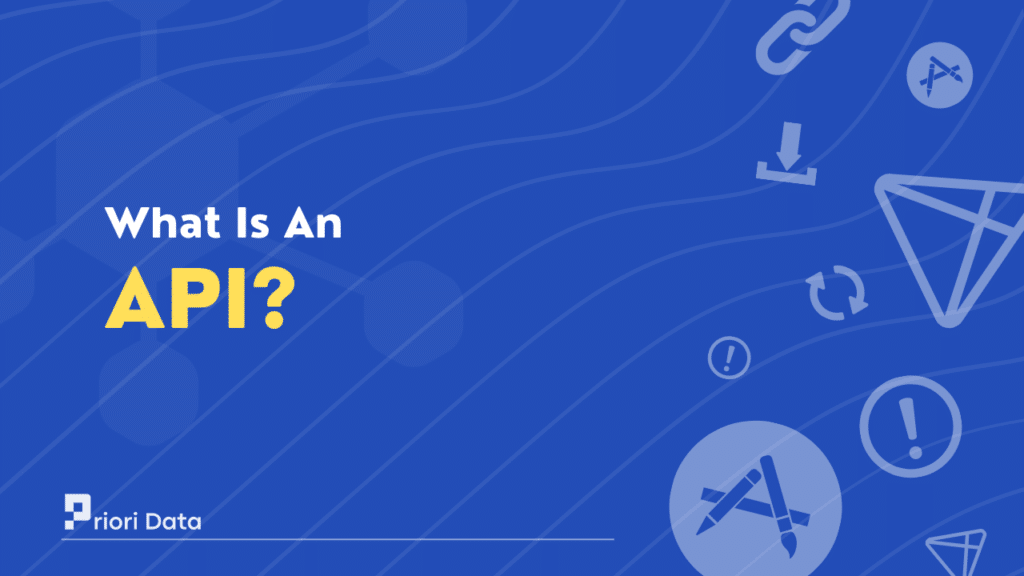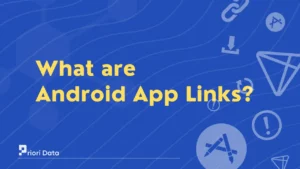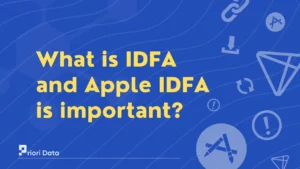An API is a powerful software development tool.
It defines a set of protocols, routines, and tools that let diverse software components interact with one another.
Via an API, software components can communicate with one another and share information.
Consider an API to be a bridge between different software programs, allowing them to interact and share data. It enables developers to gain access to data, features, or services made available by another program or system.
APIs are accessible in the form of code libraries or web services and can be used to connect multiple software components to construct more complicated and sophisticated applications.

The Role of APIs in software development
APIs are essential in software development because they allow developers to create applications that communicate with other software systems, services, and platforms.
Here are a few examples of how APIs are utilized in software development:
1. Interoperability
APIs enable software systems to communicate with one another regardless of their programming languages, operating systems, or platforms.
APIs make it easier for developers to link diverse software components and create sophisticated applications by offering a defined communication interface.
2. Reusability
APIs are meant to be reusable. They allow developers to create applications by leveraging existing APIs.
This saves time and labor while also ensuring consistency and reliability across multiple applications.
3. Innovation
APIs let programmers make new kinds of applications that creatively employ functionality or data that already exist.
APIs can foster creativity and experimentation in software development by offering access to new data sources or services.
Types of APIs
There are various types of APIs, each having a distinct use. The most common varieties include:
1. Web APIs
These APIs enable communication among various web-based programs.
They give web developers a mechanism to connect their programs to other websites or online resources, like social networking networks, payment processors, and more.
2. Operating system APIs
These APIs are unique to one or more operating systems, such as Windows, macOS, or Linux.
They give programmers a mechanism to create applications that can communicate with the hardware, memory, and file systems of the system.
3. Library APIs
These APIs are sets of prewritten code that programmers may utilize to carry out typical operations like sorting data or encrypting data.
They are frequently incorporated into programming languages or development frameworks, and by offering prebuilt functionality, they can help developers save time and effort.
4. Hardware APIs
These APIs are used for exchanging data with hardware components including printers, scanners, and cameras.
They give programmers a means to use the hardware’s features and carry out particular actions, like printing a paper or snapping a picture.
API design principles: simplicity, consistency, and reliability
We always keep stability, consistency, and simplicity in mind when designing APIs. These guidelines aid in making sure the API is simple to use, compatible with other systems, and yields accurate results.
For instance, we take care to prevent superfluous complexity or ambiguous wording in the architecture of the API. By employing the same naming conventions, data formats, and error handling techniques across the API, we also work to preserve consistency.
Finally, we put stability first by developing the API to gracefully handle mistakes and give the user clear, helpful feedback. We can develop user-friendly, effective, and robust APIs by adhering to these design principles.
Benefits of using APIs for software development
Here are some benefits of using APIs for software development
- Regardless of the languages or platforms they are developed on, APIs offer a standardized method for software components to communicate with one another. As a result, building complicated applications and integrating various software components is made simpler for developers.
- By reusing pre-existing code and functionality rather than beginning from scratch each time, developers can save time and effort by utilising APIs. This promotes stability and consistency across many applications.
- By granting access to resources and services from outside sources, APIs can make it simpler to grow programs. Applications that need to manage big volumes of data or traffic will find this to be extremely helpful.
- By granting developers access to fresh data sources or functionalities, APIs can help them design cutting-edge new applications. This may stimulate innovation and experimentation.
- By giving programs a controlled and safe mechanism to communicate with one another, APIs can help to increase security. Data breaches and other security flaws may be less likely as a result.
Common API use cases
Some of the common uses cases include:
1. Social media
Social media networks frequently employ APIs to let outside developers create software that can access and modify social media data.
To create applications that may publish content to Facebook, developers can access user profiles, posts, and comments via Facebook’s Graph API, for instance.
2. E-commerce
To allow communication between various systems and services, APIs are widely utilized in e-commerce.
For instance, to safely handle online purchases, a store might use an API made available by a payment gateway.
3. Mobile apps
To enable apps to access data and services supplied by external systems, APIs are frequently utilized in the creation of mobile apps.
For instance, a weather app might use an API offered by a weather provider to get the most recent weather data.
4. IoT
APIs are increasingly being utilized in the Internet of Things (IoT) to facilitate communication between various devices and systems.
A smart home system, for example, may employ APIs provided by several manufacturers to control lights, thermostats, and other devices.
FAQs
Ques 1: How is an API different from w web application programmatic functionality?
Ans: An API is a set of protocols and standards that enable communication between different software systems, whereas a web application provides a user interface for interacting with a software system.
Ques 2: Is Amazon an API?
Ans: Amazon provides an API that allows developers to interact with its various services programmatically, but Amazon itself is not an API.
Ques 3: What is the difference between an API and an interface
Ans: An interface is a point of interaction between two systems, whereas an API is a specific type of interface that defines a set of rules for accessing and manipulating data or functionality.
Ques 4: What are the most common APIs used?
Ans: Some of the most commonly used APIs include Google Maps API, Twitter API, Facebook Graph API, and Stripe API.
Ques 5.Is Google considered an API
Ans: No, Google is not considered an API. However, Google provides various APIs such as the Google Maps API, Google Drive API, Google Analytics API, etc., which allow developers to interact with Google’s services programmatically.






